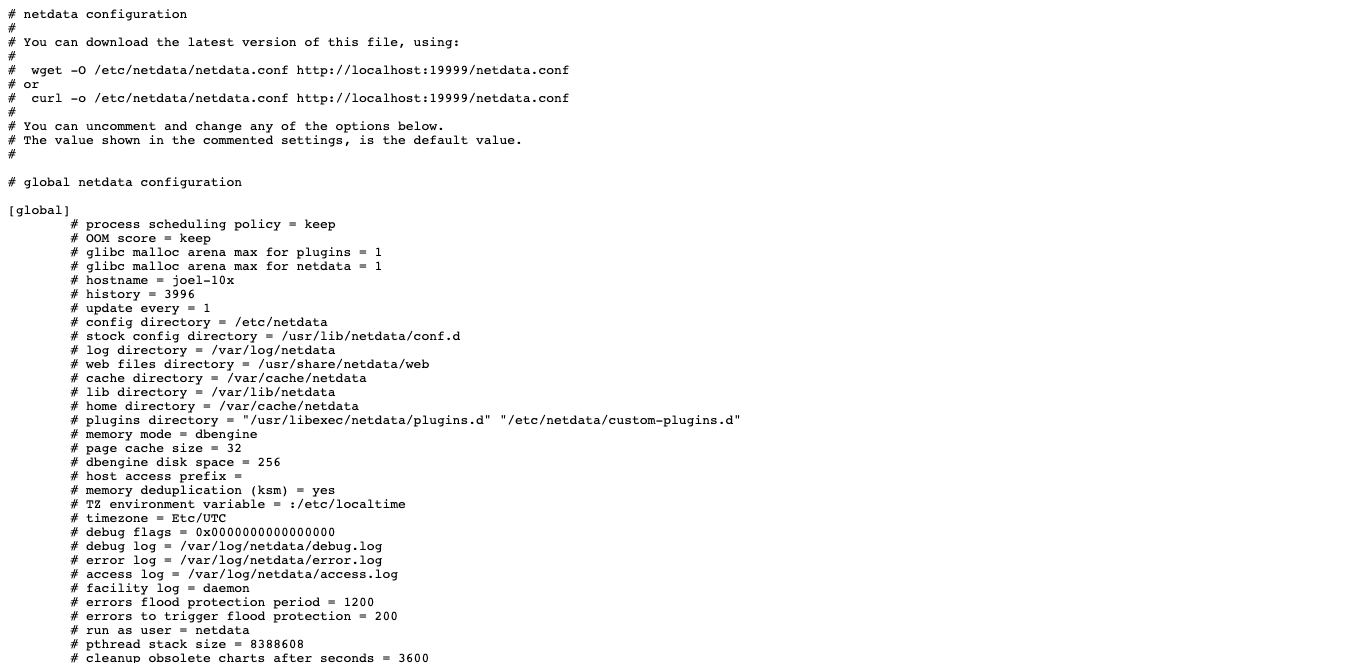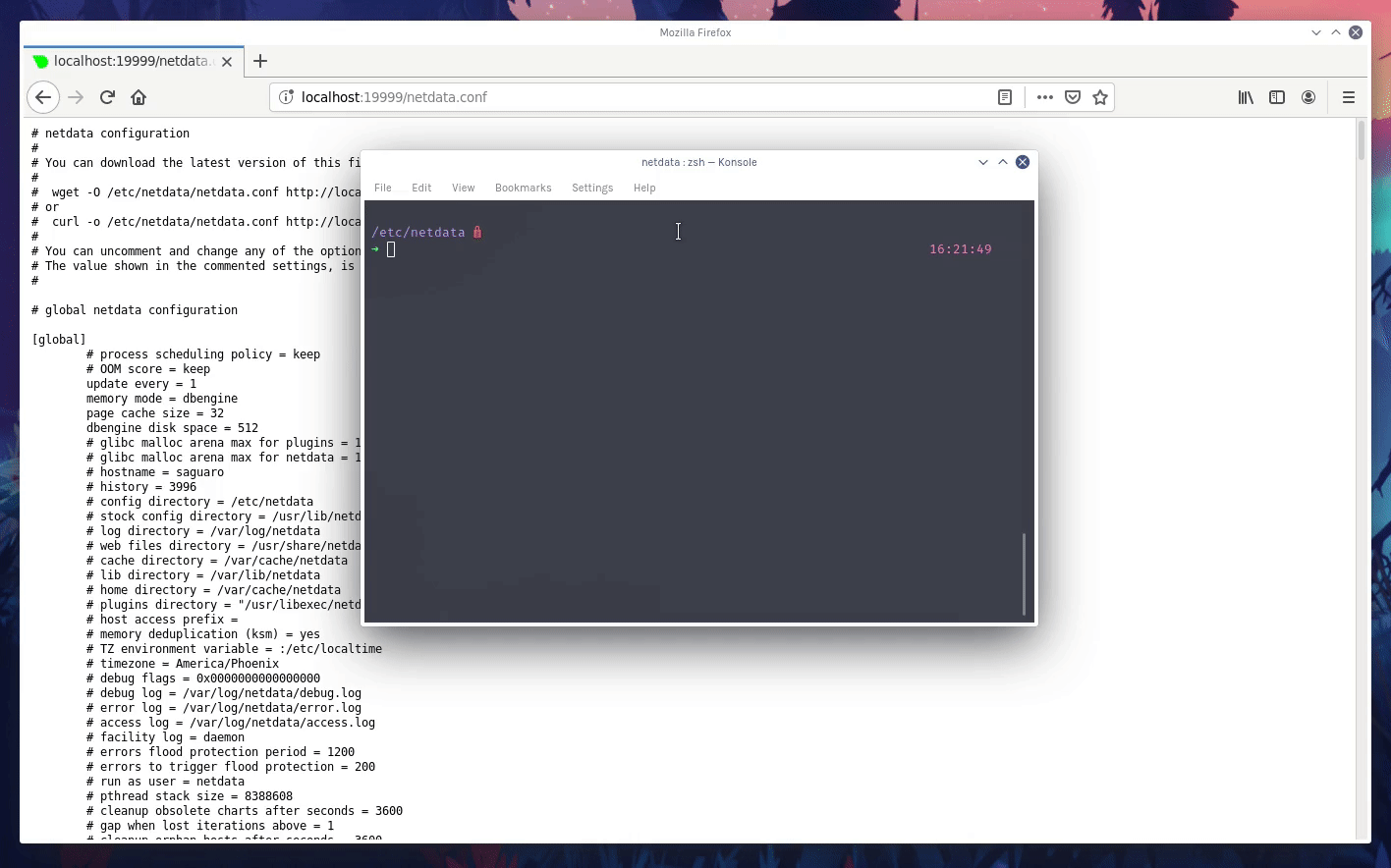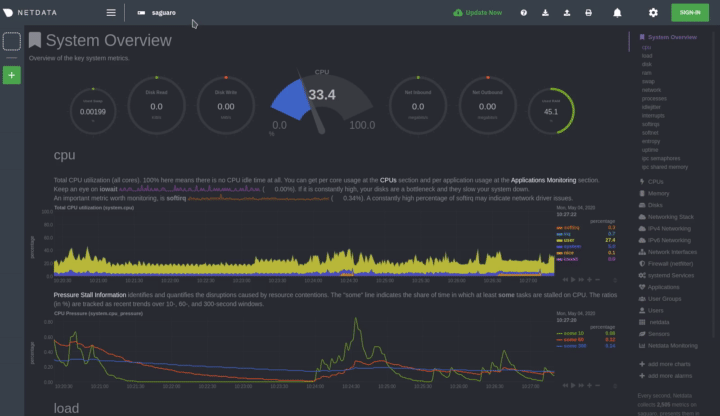diff options
| author | Daniel Baumann <daniel.baumann@progress-linux.org> | 2023-05-08 16:27:04 +0000 |
|---|---|---|
| committer | Daniel Baumann <daniel.baumann@progress-linux.org> | 2023-05-08 16:27:04 +0000 |
| commit | a836a244a3d2bdd4da1ee2641e3e957850668cea (patch) | |
| tree | cb87c75b3677fab7144f868435243f864048a1e6 /docs/guides/step-by-step/step-04.md | |
| parent | Adding upstream version 1.38.1. (diff) | |
| download | netdata-a836a244a3d2bdd4da1ee2641e3e957850668cea.tar.xz netdata-a836a244a3d2bdd4da1ee2641e3e957850668cea.zip | |
Adding upstream version 1.39.0.upstream/1.39.0
Signed-off-by: Daniel Baumann <daniel.baumann@progress-linux.org>
Diffstat (limited to 'docs/guides/step-by-step/step-04.md')
| -rw-r--r-- | docs/guides/step-by-step/step-04.md | 144 |
1 files changed, 0 insertions, 144 deletions
diff --git a/docs/guides/step-by-step/step-04.md b/docs/guides/step-by-step/step-04.md deleted file mode 100644 index fcd84ce6..00000000 --- a/docs/guides/step-by-step/step-04.md +++ /dev/null @@ -1,144 +0,0 @@ -<!-- -title: "Step 4. The basics of configuring Netdata" -date: 2020-03-31 -custom_edit_url: https://github.com/netdata/netdata/edit/master/docs/guides/step-by-step/step-04.md ---> - -# Step 4. The basics of configuring Netdata - -Welcome to the fourth step of the Netdata guide. - -Since the beginning, we've covered the building blocks of Netdata, dashboard basics, and how you can monitor many -individual systems using many distributed Netdata agents. - -Next up: configuration. - -## What you'll learn in this step - -We'll talk about Netdata's default configuration, and then you'll learn how to do the following: - -- [Find your `netdata.conf` file](#find-your-netdataconf-file) -- [Use edit-config to open `netdata.conf`](#use-edit-config-to-open-netdataconf) -- [Navigate the structure of `netdata.conf`](#the-structure-of-netdataconf) -- [Edit your `netdata.conf` file](#edit-your-netdataconf-file) - -## Find your `netdata.conf` file - -Netdata primarily uses the `netdata.conf` file to configure its core functionality. `netdata.conf` resides within your -**Netdata config directory**. - -The location of that directory and `netdata.conf` depends on your operating system and the method you used to install -Netdata. - -The most reliable method of finding your Netdata config directory is loading your `netdata.conf` on your browser. Open a -tab and navigate to `http://HOST:19999/netdata.conf`. Your browser will load a text document that looks like this: - - - -Look for the line that begins with `# config directory = `. The text after that will be the path to your Netdata config -directory. - -In the system represented by the screenshot, the line reads: `config directory = /etc/netdata`. That means -`netdata.conf`, and all the other configuration files, can be found at `/etc/netdata`. - -> For more details on where your Netdata config directory is, take a look at our [installation -> instructions](https://github.com/netdata/netdata/blob/master/packaging/installer/README.md). - -For the rest of this guide, we'll assume you're editing files or running scripts from _within_ your **Netdata -configuration directory**. - -## Use edit-config to open `netdata.conf` - -Inside your Netdata config directory, there is a helper scripted called `edit-config`. This script will open existing -Netdata configuration files using a text editor. Or, if the configuration file doesn't yet exist, the script will copy -an example file to your Netdata config directory and then allow you to edit it before saving it. - -> `edit-config` will use the `EDITOR` environment variable on your system to edit the file. On many systems, that is -> defaulted to `vim` or `nano`. We highly recommend `nano` for beginners. To change this variable for the current -> session (it will revert to the default when you reboot), export a new value: `export EDITOR=nano`. Or, [make the -> change permanent](https://stackoverflow.com/questions/13046624/how-to-permanently-export-a-variable-in-linux). - -Let's give it a shot. Navigate to your Netdata config directory. To use `edit-config` on `netdata.conf`, you need to -have permissions to edit the file. On Linux/macOS systems, you can usually use `sudo` to elevate your permissions. - -```bash -cd /etc/netdata # Replace this path with your Netdata config directory, if different as found in the steps above -sudo ./edit-config netdata.conf -``` - -You should now see `netdata.conf` your editor! Let's walk through how the file is structured. - -## The structure of `netdata.conf` - -There are two main parts of the file to note: **sections** and **options**. - -The `netdata.conf` file is broken up into various **sections**, such as `[global]`, `[web]`, and `[registry]`. Each -section contains the configuration options for some core component of Netdata. - -Each section also contains many **options**. Options have a name and a value. With the option `config directory = -/etc/netdata`, `config directory` is the name, and `/etc/netdata` is the value. - -Most lines are **commented**, in that they start with a hash symbol (`#`), and the value is set to a sane default. To -tell Netdata that you'd like to change any option from its default value, you must **uncomment** it by removing that -hash. - -### Edit your `netdata.conf` file - -Let's try editing the options in `netdata.conf` to see how the process works. - -First, add a fake option to show you how Netdata loads its configuration files. Add a `test` option under the `[global]` -section and give it the value of `1`. - -```conf -[global] - test = 1 -``` - -Restart Netdata with `sudo systemctl restart netdata`, or the [appropriate -method](https://github.com/netdata/netdata/blob/master/docs/configure/start-stop-restart.md) for your system. - -Now, open up your browser and navigate to `http://HOST:19999/netdata.conf`. You'll see that Netdata has recognized -that our fake option isn't valid and added a notice that Netdata will ignore it. - -Here's the process in GIF form! - - - -Now, let's make a slightly more substantial edit to `netdata.conf`: change the Agent's name. - -If you edit the value of the `hostname` option, you can change the name of your Netdata Agent on the dashboard and a -handful of other places, like the Visited nodes menu _and_ Netdata Cloud. - -Use `edit-config` to change the `hostname` option to a name like `hello-world`. Be sure to uncomment it! - -```conf -[global] - hostname = hello-world -``` - -Once you're done, restart Netdata and refresh the dashboard. Say hello to your renamed agent! - - - -Netdata has dozens upon dozens of options you can change. To see them all, read our [daemon -configuration](https://github.com/netdata/netdata/blob/master/daemon/config/README.md), or hop into our popular guide on [increasing long-term metrics -storage](https://github.com/netdata/netdata/blob/master/docs/guides/longer-metrics-storage.md). - -## What's next? - -At this point, you should be comfortable with getting to your Netdata directory, opening and editing `netdata.conf`, and -seeing your changes reflected in the dashboard. - -Netdata has many more configuration files that you might want to change, but we'll cover those in the following steps of -this guide. - -In the next step, we're going to cover one of Netdata's core functions: monitoring the health of your systems via alarms -and notifications. You'll learn how to disable alarms, create new ones, and push notifications to the system of your -choosing. - -[Next: Health monitoring alarms and notifications →](step-05.md) - - |
